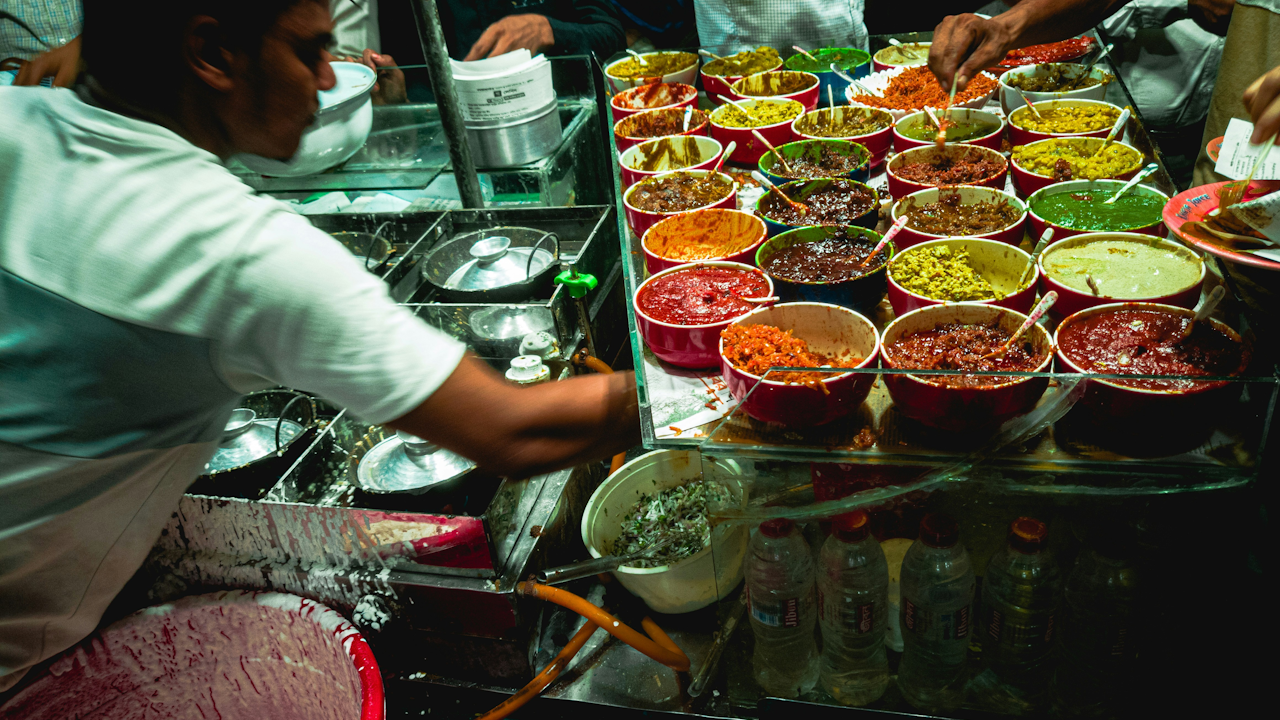Food is more than mere sustenance. It is a language, a history, a celebration of culture. For centuries, culinary traditions have developed within geographical and social boundaries, each region boasting its unique ingredients, techniques, and flavors. However, in our increasingly interconnected world, these boundaries are dissolving, giving rise to a vibrant and exciting phenomenon: fusion food. This culinary revolution, a testament to human creativity and an embrace of diversity, is redefining how we eat and experience the world.
The roots of fusion food are not entirely new. Historically, trade routes and migrations introduced new ingredients and cooking methods to various societies. Think of the influence of Chinese noodles on Italian pasta, or the spice routes that transformed European cuisine. What we see today, however, is an accelerated and intentional merging of culinary traditions, driven by a combination of globalization, evolving palates, and a spirit of culinary experimentation.
One of the primary drivers behind the rise of fusion food is globalization. Increased travel, international trade, and the widespread availability of ingredients from across the globe have made it easier than ever for chefs and home cooks to access diverse culinary resources. A chef in New York can source authentic Japanese miso paste just as easily as a cook in London can find Mexican chilies. This accessibility empowers individuals to experiment with flavors and textures that were once confined to specific regions.
Beyond ingredient availability, globalization has also fostered a more adventurous and open minded dining public. Exposure to different cultures through media, travel, and immigrant communities has broadened our understanding and appreciation of varied cuisines. Diners are no longer content with rigidly traditional meals; they crave novelty, excitement, and unexpected combinations. This demand fuels the innovation of chefs who are eager to push the boundaries of flavor.
The internet and social media have also played a significant role in popularizing fusion food. Recipes, culinary trends, and innovative dishes can now spread globally in an instant. Food bloggers, Instagram chefs, and online cooking communities actively share and celebrate fusion creations, inspiring others to experiment and contribute to this evolving culinary landscape. A visually stunning dish combining Korean gochujang with Italian pasta can go viral, sparking countless renditions and further iterations.
So, what exactly constitutes fusion food? It is a broad category, encompassing everything from subtle incorporations to radical reinterpretations. At its core, fusion involves blending elements from different culinary traditions to create something new and distinctive. This can manifest in several ways.
One common approach is the integration of ingredients. This might involve using a traditionally Asian sauce with a Latin American protein, or incorporating Middle Eastern spices into a classic European dessert. Consider the popular Korean BBQ taco, a perfect example of this. It combines the vibrant flavors of marinated Korean bulgogi with the familiar format of a Mexican taco, topped with kimchi for an extra layer of fusion.
Another method involves combining cooking techniques. A chef might use French sous vide methods to prepare a cut of meat that is then seasoned and served with traditionally Indian flavors. Similarly, a dish might incorporate elements of both Japanese tempura frying and American deep frying, creating a unique textural experience.
Sometimes, fusion food involves a complete reimagining of a classic dish, maintaining its essence while introducing entirely new cultural influences. Pizza, a beloved Italian staple, has become a canvas for fusion. You can find pizzas topped with Thai curry, Mexican barbacoa, or even Indian butter chicken, each offering a novel twist on a familiar favorite. Sushi burritos, another ingenious creation, wrap traditional sushi ingredients in a larger, burrito style format, making it a convenient and satisfying fusion meal.
The rise of fusion food is not without its challenges. Critics sometimes argue that fusion can dilute authentic culinary traditions or lead to dishes that lack coherence. There is a fine line between innovation and creating something that is simply a chaotic mix of flavors. However, successful fusion cuisine demonstrates a deep understanding and respect for each contributing culture. It is not about throwing ingredients together randomly, but about thoughtfully combining elements in a way that creates harmony and elevates the dining experience.
Ultimately, fusion food is a celebration of culinary freedom and a reflection of our increasingly diverse world. It allows us to explore new flavor profiles, challenge traditional notions of cuisine, and connect with different cultures through the universal language of food. From ramen burgers to pho tacos, and from kimchi quesadillas to masala pizza, the possibilities are endless. As our global palate continues to evolve, the future of food promises to be even more exciting, flavorful, and wonderfully interwoven.

